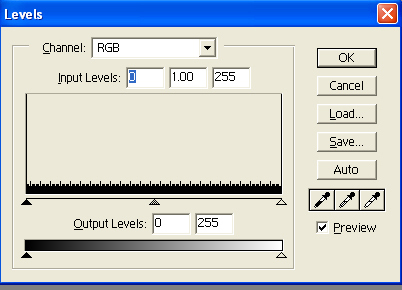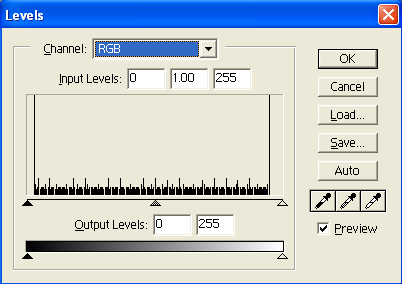Color Space Page 4
A. If, by "more color", you mean a larger gamut, no. If you look at a print from a file created with Adobe 1998 color space next to a print created from one with sRGB color space, you won't be able to tell one from the other on the basis of total range of colors that are visible. You won't see any "new colors" in the Adobe 1998 print. However it's just possible that you might see visible boundaries in large regions of very gradually changing colors (remember the blue sky illustration that had visible boundaries) in the sRGB print. Remember, the gamut is the same either way. It's just that the steps between colors are finer in the Adobe 1998 print.
Q. OK. But the available data space is 256 steps for each color, and the human eye can only discern about 200 steps. That means that each step is invisible to the eye, anyway. So why the concern?
A. If the file came from your digital camera and went straight to the printer, there's probably no reason to even think about using Adobe 1998 color space. We find that by far the majority of the files we receive at Automated Photo Technology either have no color space information in them, or are in sRGB color. The reason for that is that most files haven't been edited. When files have been edited in Photoshop, they usually show up at our door in Adobe 1998 color space.
There's a reason for that. Let's say we need to do a little editing, so we open Photoshop. As an example, I opened for editing the 1st color block illustration from the previous page. I went to image --> adjust --> levels, and got the box at top right. This is a hystogram of frequency of occurance of grayshades from 0 to 255. It's not uniform, but there are no missing grayshades, either.
Then I bumped up the contrast just slightly, then decided to bring it back down again a bit. Then I checked the levels again (see screenshot straight right). Note that there are now some missing grayshades (white spaces in the historgram). That's bad, and it's also inevitable. Read on to page 5...

